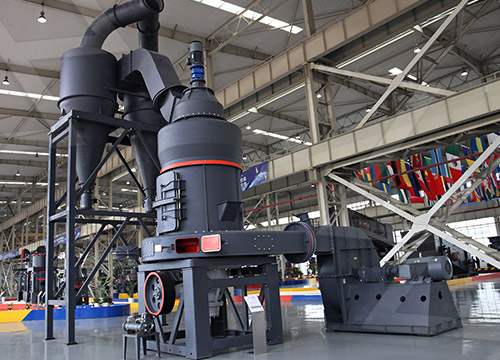Tube heat exchangers are widely used in the petroleum and chemical industries due to their efficiency in transferring heat between fluids while maintaining separation. Below is an overview of their applications, types, advantages, and key considerations:
1. Applications in Petroleum & Chemical Industries
– Crude Oil Refining: Preheating crude oil before distillation.
– Gas Processing: Cooling natural gas or condensing hydrocarbons.
– Petrochemical Plants: Heating/cooling process streams (e.g., ethylene, propylene).
– Lubricant & Fuel Production: Temperature control in hydrotreating and catalytic cracking.
– Solvent Recovery: Condensing vapors in extraction processes.
2. Common Types of Tube Heat Exchangers
# (a) Shell-and-Tube Heat Exchanger
– Most widely used in the industry.
– Consists of a shell (outer vessel) and a bundle of tubes inside.
– Design Variations:
– Fixed Tube Sheet: Simple but less suitable for thermal expansion.
– U-Tube or Floating Head: Accommodates thermal stress better.
 # (b) Double-Pipe (Hairpin) Heat Exchanger
# (b) Double-Pipe (Hairpin) Heat Exchanger
– Used for smaller duties or high-pressure applications.
– One tube inside another; compact but limited surface area.
# (c) Multi-Tube (Bundle-in-Sh ) Exchangers
) Exchangers
– Used for high-capacity cooling/heating with multiple parallel tubes.
3. Key Advantages
✔ High Efficiency – Large surface area for heat transfer.
✔ Durability – Can handle high pressures/temperatures (up to 600°C, 300+ bar).
✔ Versatility – Works with liquids, gases, and two-phase flows.
✔ Easy Maintenance – Tube bundles can be cleaned/replaced without dismantling the entire system.
4. Material Considerations
– Carbon Steel: Economical for non-corrosive fluids (e.g., hydrocarbons).
– Stainless Steel (SS 316/304): Resistant to corrosion from acids/chemicals.
– Titanium/Nickel Alloys: For highly corrosive environments (e.g., seawater cooling).
5. Challenges & Solutions
– Fouling & Scaling: Common in crude oil processing; mitigated by:
– Regular cleaning (chemical/mechanical





Leave a Reply